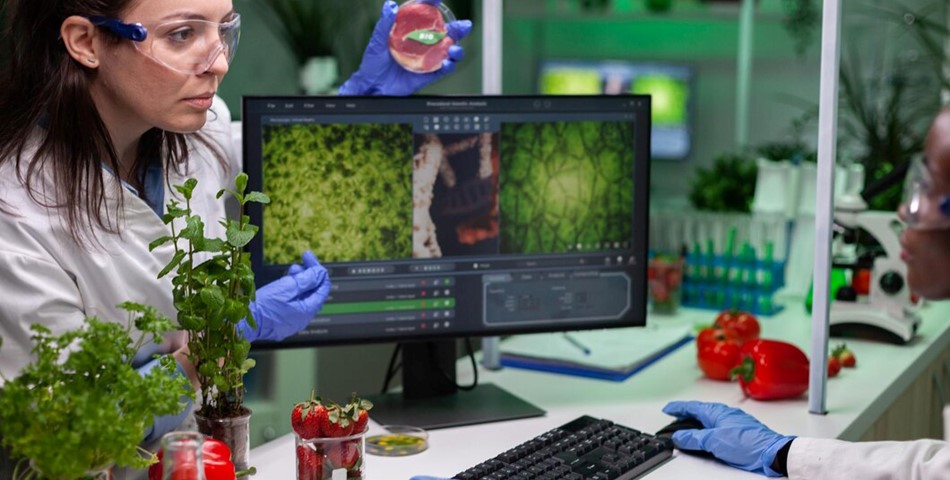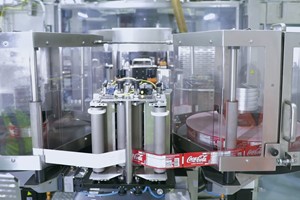In the pursuit of safer food processing methods that preserve flavor and nutrients, food scientist Jennifer Acuff and her team at the University of Arkansas System Division of Agriculture have pioneered a groundbreaking approach. Their research, published in the Journal of Food Production, introduces a novel methodology aimed at ensuring food safety while minimizing the loss of quality in low-moisture food products like powdered milk.
Traditional food processing techniques, such as pasteurization and sterilization, often rely on high temperatures to eliminate harmful pathogens like salmonella and listeria. However, these elevated temperatures can degrade the nutritional content and flavor of the food, leading to a compromise between safety and quality.
Acuff, an assistant professor of food microbiology and safety, spearheaded a multidisciplinary study that integrated microbiology, engineering, and statistics to develop a solution. By focusing on low-moisture foods, the team aimed to provide the food industry with a tool to enhance safety without sacrificing the nutritional integrity and taste of dried food products.
The key innovation lies in a statistical technique called "bootstrapping," which was used to analyze data from experiments involving harmless surrogate microorganisms. These surrogates, akin to crash test dummies in car safety testing, mimic the heat resistance of actual pathogens, allowing researchers to evaluate the effectiveness of different processing methods.
Jeyam Subbiah, head of the food science department, explained that the methodology offers food processors the flexibility to select processing parameters based on their risk tolerance levels. Instead of adhering to overly stringent standards, which may unnecessarily compromise food quality, processors can choose a value within the FDA guidelines that strikes a balance between safety and quality.
The approach considers the variability of microorganisms, ensuring a more accurate assessment of food safety. This is particularly crucial in light of past foodborne illness outbreaks linked to low-moisture foods, such as dried fruits, nuts, and spices.
Arshpreet Khattra, a graduate student involved in the research, emphasized the significance of the bootstrapping technique in estimating kill ratio distributions. By accounting for uncertainty in experimental data, the method allows for a more nuanced understanding of food safety risks and enables processors to make informed decisions.
In practical terms, the method offers a sliding scale of risk, allowing processors to tailor processing parameters based on desired safety levels. For instance, a 1% risk level might warrant a higher log reduction of surrogates, ensuring a near-complete elimination of pathogens, while still preserving the nutritional quality of the food.
This innovative approach represents a significant step forward in the field of food processing, offering a promising solution to the age-old dilemma of balancing food safety and quality. As the food industry continues to evolve, Acuff and her team's research provides a valuable tool to enhance both consumer safety and satisfaction.
Journal of Food Protection - Arshpreet Kaur Khattra et al














